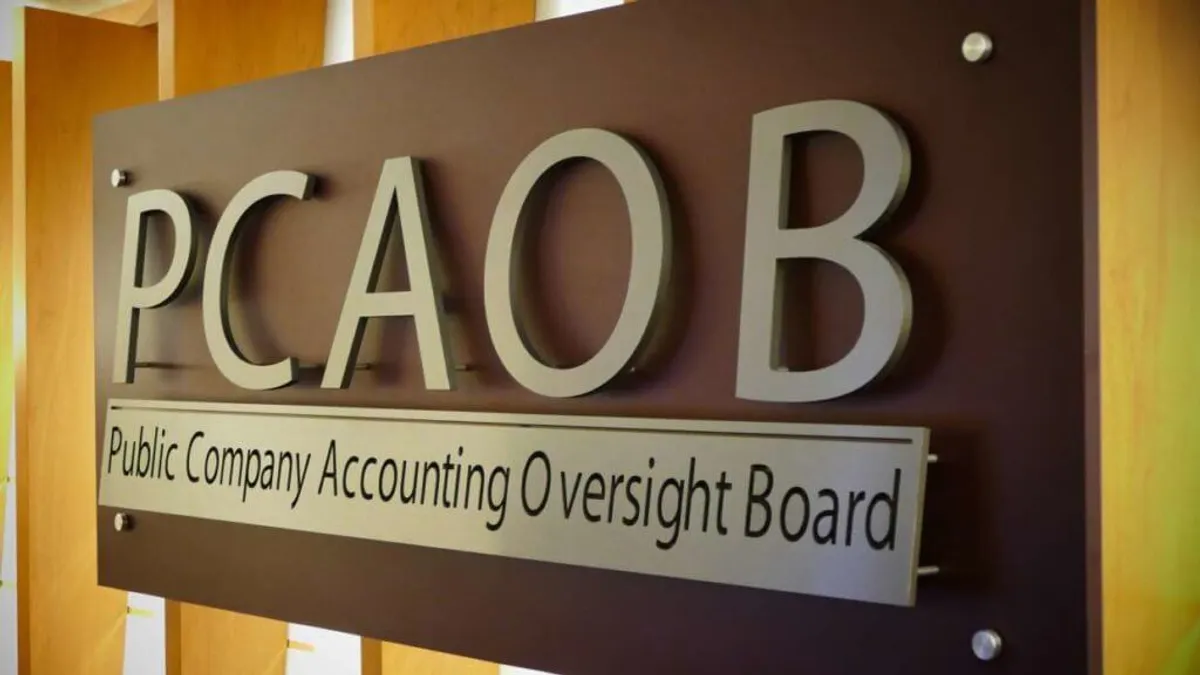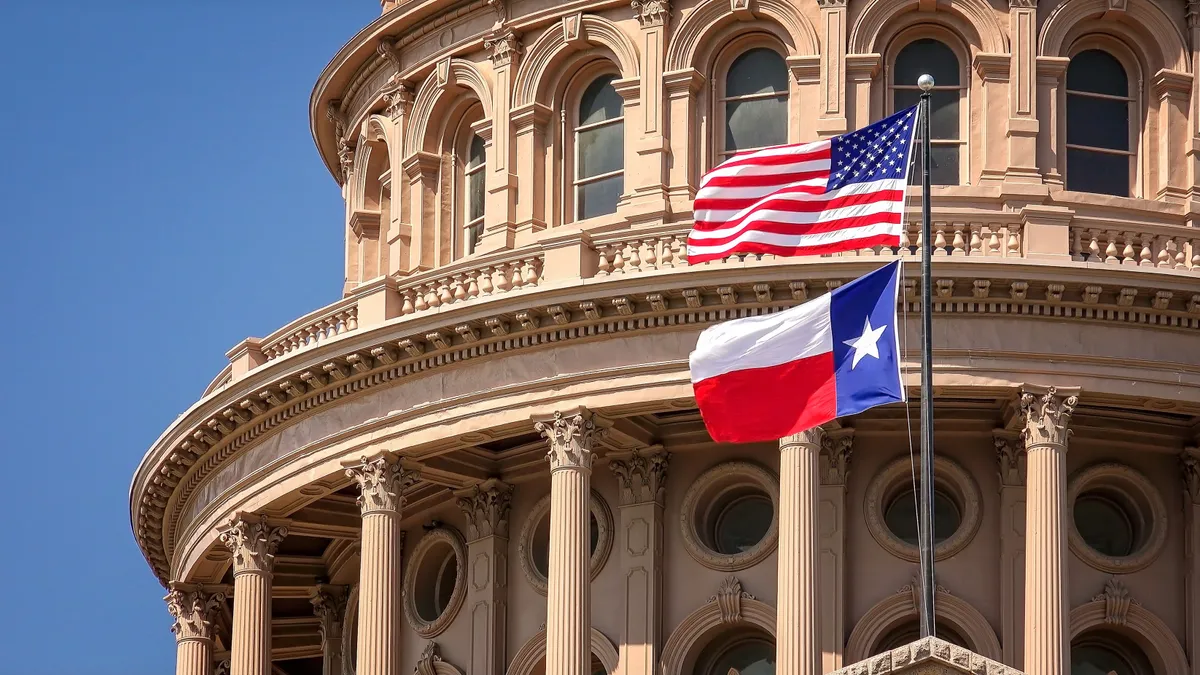As the biopharma bull market reached its peak in 2015, a three-way acquisition battle raged across the generics sector, with Mylan chasing Perrigo while simultaneously trying to fend off Teva. At the time, the market value of the three drugmakers together was $130 billion.
Fast forward four years, and these same three companies are sharply reduced by comparison, and it is a serious argument about which one has fallen furthest. Combined market capitalization now stands at less than $30 billion.
In the case of Mylan, many of the wounds have been self-inflicted, with manufacturing troubles, a public relations disaster and misjudged pricing power leading to its announcement this week of a rescue in the form of a merger with Pfizer's off-patent branded business, Upjohn. Pfizer investors will own 57% of the new company.
Few would have predicted that generics pricing dynamics would change so quickly and drastically, and no copycat drugmaker has been altogether spared the market retrenchment. Teva, for example, engaged in a global cost-cutting exercise to boost its earnings, and Novartis tried to "pivot" its Sandoz unit into "value-added medicines" like biosimilars and hard-to-make generics.
Mylan's main act after 2015's deal pursuit, from which Teva, Perrigo and Mylan all emerged independent, was to buy Swedish generics company Meda for $7.2 billion. That was nearly half of the $15 billion spent on product and company acquisitions in the past four years, wrote Cowen analyst Ken Cacciatore in a client note that was highly critical of the Mylan business model.
In spite of that investment, the company's expectation for free cash flow in 2019 prior to announcement of the Upjohn deal was between $1.9 billion to $2.3 billion, the same level as 2015, Cacciatore wrote. That flat cash flow figure comes even as the company plans 2019 launches of generic versions of Copaxone, Neulasta and Advair that are expected to add $1 billion in revenue.
"These approvals are only providing some relief, but are not altering the systemic problems inherent with the generic model," Cacciatore wrote. "Very rarely do we see such a systemic and wealth-destroying mess."
On the heels of the M&A battle of 2015 came an uproar over the price of Epipen, Mylan's premier branded product. The company was accused of price-gouging for raising the list cost of the life-saving anaphylaxis treatment by 400% over four years. This triggered multiple government probes into the Pittsburgh-based company's business practices and led to a $465 million settlement with the federal government.
Just as importantly, the negative public relations led to shareholder losses, with Mylan's valuation tumbling 29% over the course of 2016. That was one factor in a investor challenge to the board the following year, along with a failed first attempt to win U.S. approval of generic Advair in early 2017.
News didn't improve in 2018, when the Food and Drug Administration warned Mylan about regulatory compliance issues at its Morgantown, West Virginia, plant, which boasted a five-decade track record of good reports. Restructuring costs at the plant have totaled $655 million through mid-2019.
Mylan was also named in a broad Justice Department price-fixing lawsuit targeted at much of the generic drug industry, meaning more legal costs may await.
Entering a business review last year, Mylan had few options. Further M&A would have been difficult, given its $13 billion worth of debt and low cash levels. A suppressed valuation and a restive investor base added to its difficulties.
Mylan's lowered market value, however, attracted Pfizer CEO Albert Bourla, who saw an opportunity to simultaneously solve some of his own company's strategic questions.
"We believe that Mylan's equity is right now significantly undervalued," Bourla said on a second-quarter earnings call Monday. "We do not believe the issues were related to the underlying business."
A merger with Pfizer's Upjohn unit gives Mylan a way out, with promises of reduced debt, new dividends and possible share repurchases. Combined, Mylan and Upjohn would rank among the largest sellers of off-patent drugs and enjoy new scale in emerging markets like China.
Investors appear optimistic, sending shares in Mylan up by more than 15% since the deal was announced.
Yet many of the same questions will face Mylan and Upjohn. Generic prices have somewhat stabilized but a recovery isn't guaranteed. And Upjohn's product lines were replenished by Pfizer products that lost market exclusivity, a pipeline that will shut off when the subsidiary spins out into the Mylan merger.
If these products' sales "shrink over time," as predicted by Raymond James analyst Elliot Wilbur, the merged Mylan-Upjohn may need to look externally for growth, and that just may mean M&A.






















